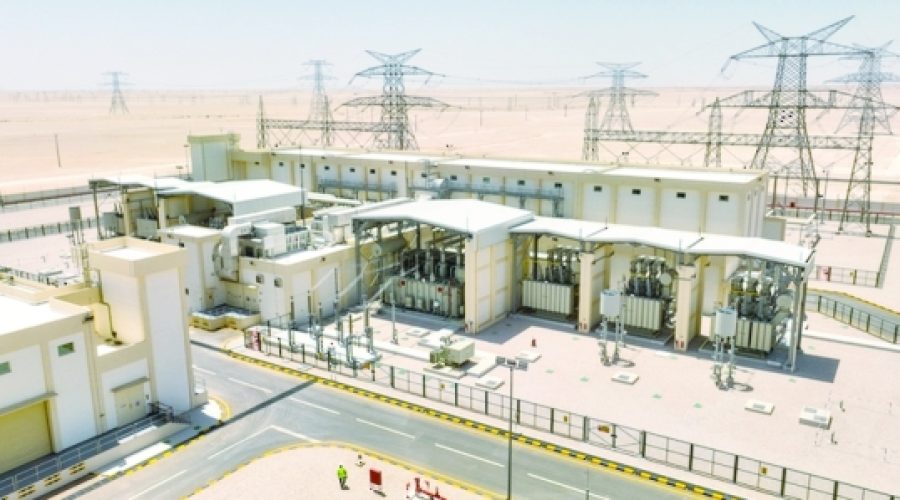Oman’s Electricity Production Soars by 12.6%: Implications for Business Growth and Investment Opportunities
MUSCAT: By the end of May 2025, the Sultanate of Oman experienced a remarkable 12.6 percent increase in total electricity production, reaching 18,948.9 gigawatt-hours. This is a significant rise from 16,829.3 gigawatt-hours recorded in the same period of 2024, based on preliminary data from the National Centre for Statistics and Information (NCSI).
The Ad Dakhiliyah Governorate marked a notable increase in production, reaching 1,760.7 gigawatt-hours. Musandam Governorate also experienced growth, with a 19.2 percent increase, totaling 185.8 gigawatt-hours. Meanwhile, Muscat Governorate saw a 5.5 percent rise, attaining 116.7 gigawatt-hours.
In the North and South A’Sharqiyah Governorates, production totaled 3,831.7 gigawatt-hours, reflecting a 4.1 percent increase. The combined production in North and South Al Batinah and Ad Dhahirah Governorates was approximately 10,501.6 gigawatt-hours, marking a 1.3 percent growth compared to the same period last year.
However, Dhofar Governorate reported a 4 percent decline in production, totaling 2,281.5 gigawatt-hours. Similarly, Al Wusta Governorate experienced a slight decrease of 0.7 percent, reaching 60.4 gigawatt-hours.
Additionally, statistics indicated that Oman’s net electricity production—which includes purchases by the Oman Power and Water Procurement Company and the Rural Areas Electricity Company—rose by 13.1 percent to 18,483.1 gigawatt-hours by the end of May 2025, compared to 16,339.3 gigawatt-hours during the same period last year.
Conversely, Oman saw a minor reduction in water production, which fell by 0.9 percent to approximately 206.5989 million cubic meters, down from 208.5631 million cubic meters in May 2024. — ONA
Special Analysis by Omanet | Navigate Oman’s Market
The 12.6% growth in Oman’s electricity production signals an expanding energy market, presenting potential opportunities for businesses involved in renewable energy, infrastructure, and technology. However, the decline in water production highlights a risk for sectors reliant on water resources, suggesting a need for strategic investments in water conservation technologies. Smart investors should consider diversifying into sustainable energy solutions while keeping a vigilant eye on water management strategies to protect against future shortages.



